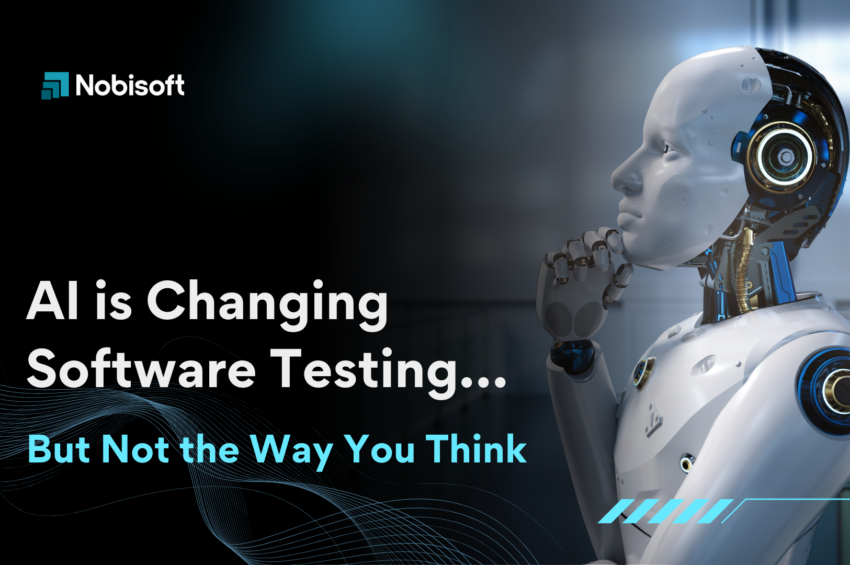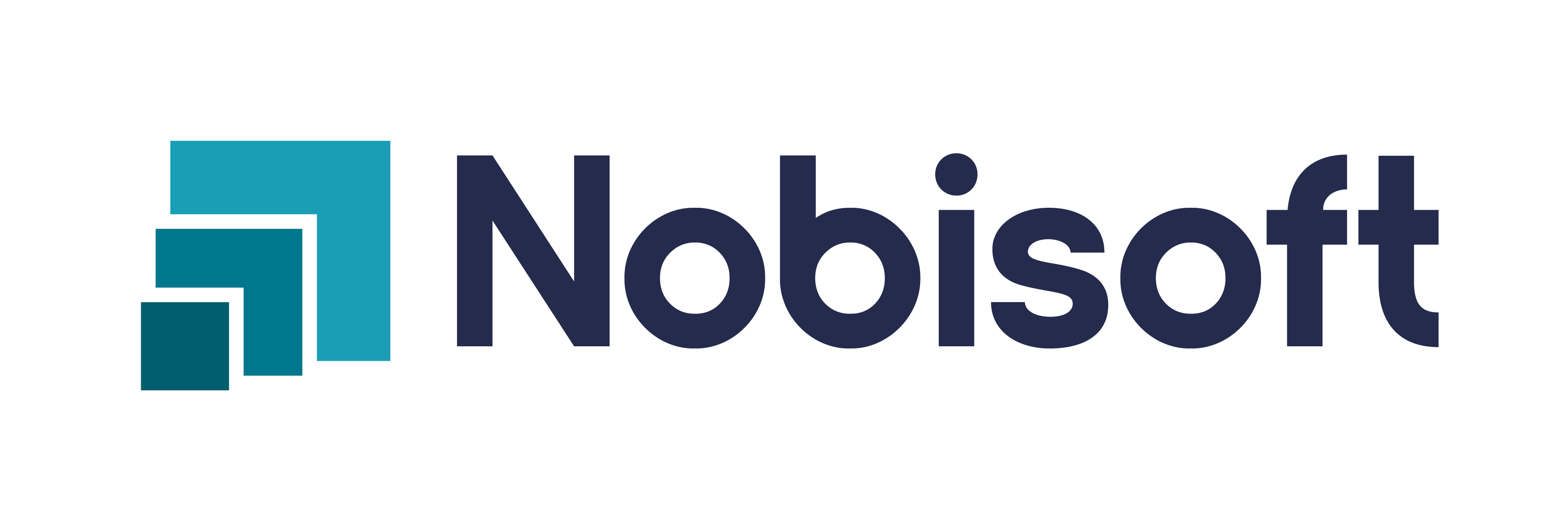
Software testing has come a long way—from manual testing to automation and now AI-driven strategies. But AI isn’t just about automating tasks; it’s about making testing smarter, faster, and more efficient. The key isn’t replacement—it’s collaboration.
AI in Testing: A New Mindset
AI goes beyond traditional automation by predicting failures, self-healing test cases, and generating extensive test scenarios that humans might overlook. Instead of just following scripts, AI adapts, learns, and evolves. The result? More resilient software and empowered testing teams.
Yet, AI doesn’t eliminate the need for human testers—it enhances their role. By taking over repetitive tasks, AI allows testers to focus on critical thinking, exploratory testing, and risk assessment.
Future-Proofing Software Testing with AI
To ensure long-term success, businesses must move beyond short-term automation fixes and invest in sustainable AI-driven quality engineering. Here’s how organizations can lead this transition:
1. Foster a Culture That Supports AI Adoption
The biggest barrier to AI in testing is not just technology—it is mindset. Teams need to understand how AI integrates within existing QE methodologies. Organizations should prioritize upskilling, training, and mentorship to ensure testers and engineers are equipped to work alongside AI effectively. A proactive approach to AI adoption will enable both the technology and the professionals using it to evolve.
2. Integrate AI into Key Testing Processes
While the transition to AI might seem overwhelming, organizations can start by integrating AI into specific aspects of testing, such as:
- Maintenance-Friendly Test Automation: AI-powered solutions can self-correct failing tests, reducing maintenance overhead and increasing efficiency.
- Automated Test Data Generation: AI can streamline test data creation, reducing manual dependencies while ensuring high data quality.
- Predictive Defect Analysis: AI enables early detection of potential defects, allowing teams to address issues before they escalate, leading to improved software reliability.
Once AI-driven testing processes prove successful, organizations can expand these capabilities across different teams and eventually scale them across the entire enterprise.
3. Maintain a Balance Between AI and Human Oversight
AI is powerful but not perfect. False positives, misinterpretations, and contextual blind spots will inevitably arise. Organizations must adopt a hybrid testing model where AI manages execution while human testers validate findings, interpret results, and ensure contextual accuracy.
4. Prioritize Ethical AI and Explainability
AI transparency is essential in software testing. Teams need to understand how AI detects issues, reaches conclusions, and handles biases. Establishing clear guidelines for AI explainability ensures trust, accountability, and reliability in AI-driven testing.
AI is an Advantage, Not a Threat
Technology leaders who embrace AI-driven testing today will not only improve software quality but also redefine how businesses approach testing in the future. The transition from traditional QE to AI-powered quality engineering is not just an upcoming trend—it is already happening. The question is: will you lead the change or struggle to keep up?
At Nobisoft, we are committed to pioneering AI-driven quality engineering solutions that help businesses stay ahead in an era of rapid technological evolution. The future of software testing is here—let’s shape it together.
